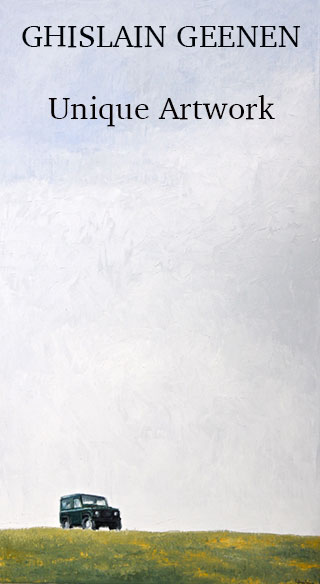The late Dr Graham Child worked for the FAO in Botswana in the 1960s and was greatly responsible for the creation of Botswana’s Department of Wildlife and National Parks.
He writes about ‘building a small house on the banks of the Chobe River near the present park gate. Set amongst huge riverine trees, this ‘house’ over-looked the dense reedbeds of the Chobe floodplain, and it could not be seen from the nearby road because of thick bush.”
Professor Brian Child writes of this house: “The dense bush is (now) gone. The reedbeds are no more. The ruins of the house are now clearly visible from the road. Indeed, Botswana’s ecosystems have experienced radical change since the 1960s... nowhere more visible than (on) the Chobe river front”.
In 1965, Graham counted 299 trees, comprising 17 species, of “big, impressive giants lining the river in a demarcated transect near his camp on the Chobe”. By comparison, in 2007 there were 324 ‘woody plants’ in the same transect, but 270 of these were the scrubby bush Croton megalobotrus (which nothingeats). Only 4 of the 152 Acacia nigrescens (Knobby Thorn Trees) had survived (by 2007), and six tree species had disappeared altogether. Furthermore, whereas there were NO quick-growing weed-like crotons in 1965, they made up 83 percent of the trees in 2007. Knobbie thorns, that had constituted 51 percent of the woodland species in 1965 were then down to 1.3 percent; and five species of “slow-growing large riverine tree species” had been extirpated.
Compared to the state of affairs that existed 1965, by 2007 there were substantial increases in elephant, impala, kudu and giraffe but the general diversity of wildlife was woefully down with serious declines in warthog and sable. There was no sign at all of the famous Chobe Bushbuck, puku and wildebeest; and we suspected that waterbuck, tsessebe and perhaps roan and sable too, were much reduced in number.
The tendency for elephants to feed upon and/or to damage particular tree species in given areas, was widespread in the Chobe Reserve.
In 1963 the majority of Mukwa trees (Pterocarpus angolensis) and Mugongo-nut trees, were ring-barked (by elephant) in an area just to the north of the Ngwezumba Bridge. In 1965 virtually all the Kirkia and Commiphora trees were pushed over in a large area on the face of the sand ridge west of Ihaha.
That same year, only one of the 124 lone Acacia tortillis (Haak-en-Steek) trees - previously counted throughout the mopane woodlands in the eastern Mababe - had been pushed over by elephants.
Many of the old majestic camel thorn trees (Acacia erioloba) around the Savuti Channel and to the north of the Gubatsa hills were also killed by elephants that same year; or in the next one.
The once magnificent riparian strip along the Chobe River with its attendant species of birds and small mammals had all but disappeared (by 2007) except where it was protected by the old Park headquarters, and even there it is (still) under threat.
When we left Kasane (end of 1965), there was a magnificent belt of (woodland) mainly camel-thorn trees running up the length of the Sedudu Valley (where Selous camped in 1874), but the elephants had already started to work on them.
Today, virtually all of those 600-odd, 400 year-old, trees have now gone.
Ron Thomson
Published by Vintage Guns Ltd on




